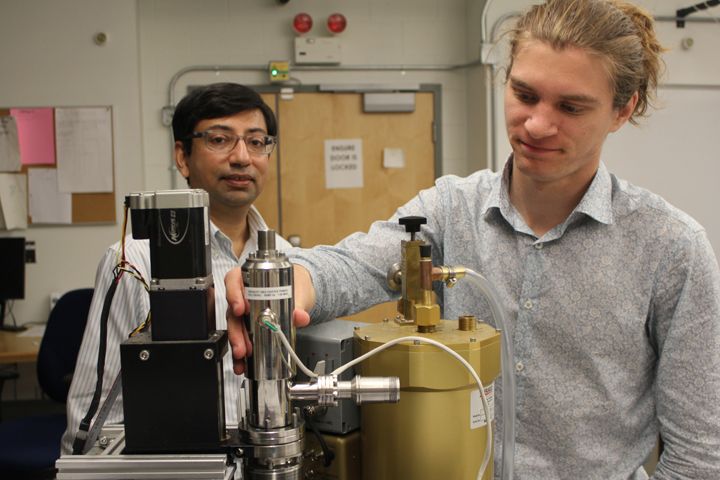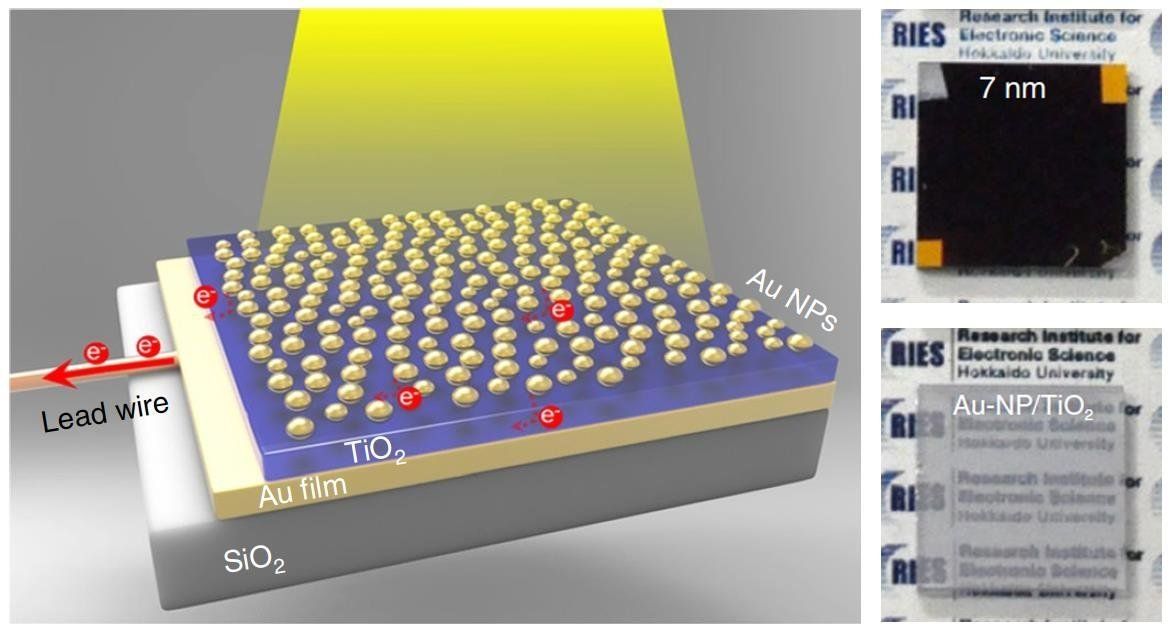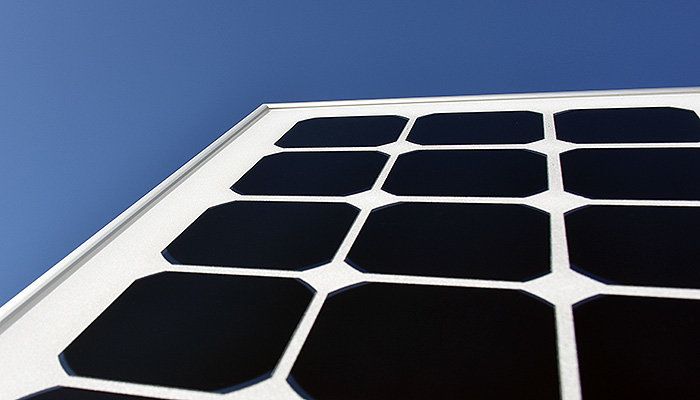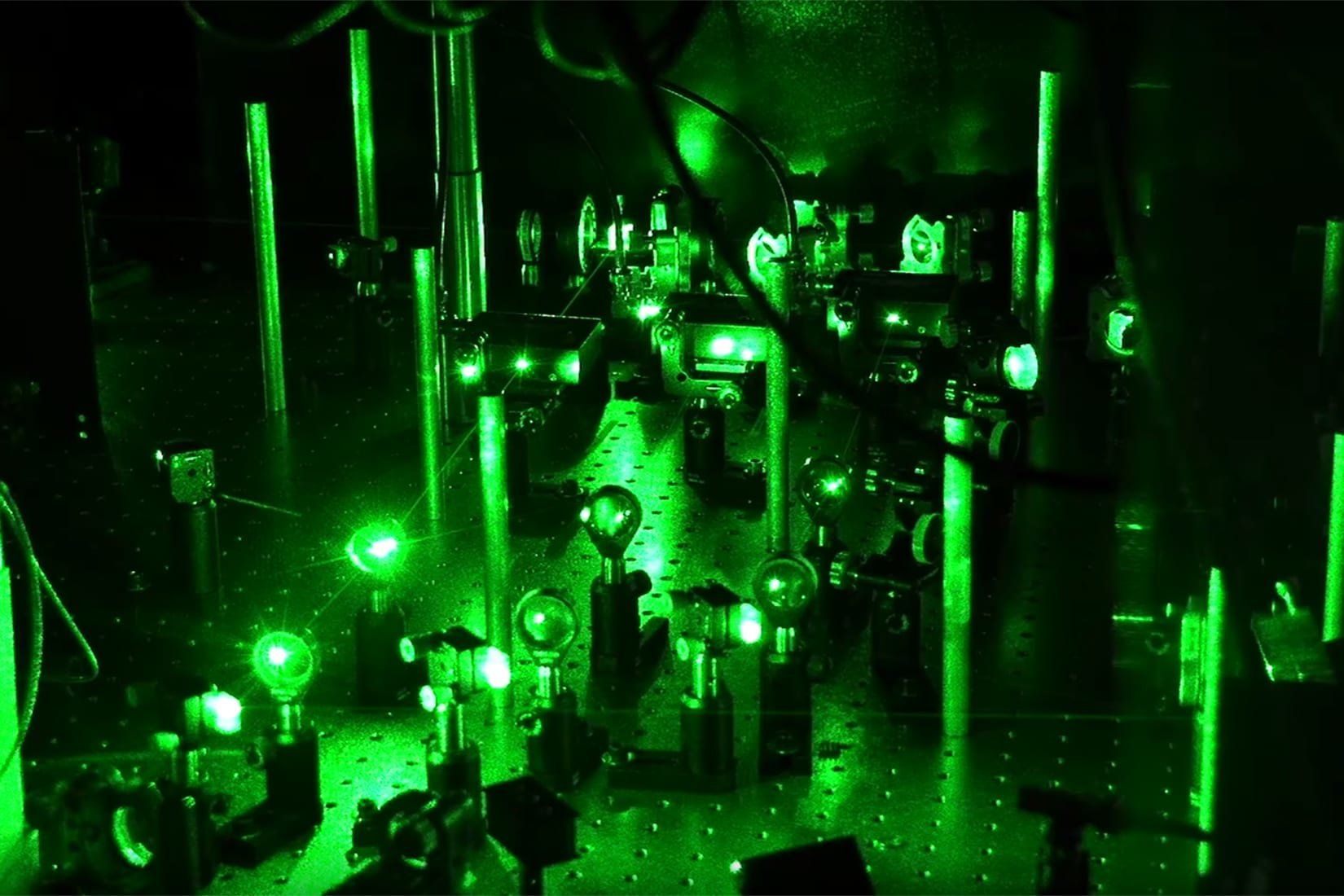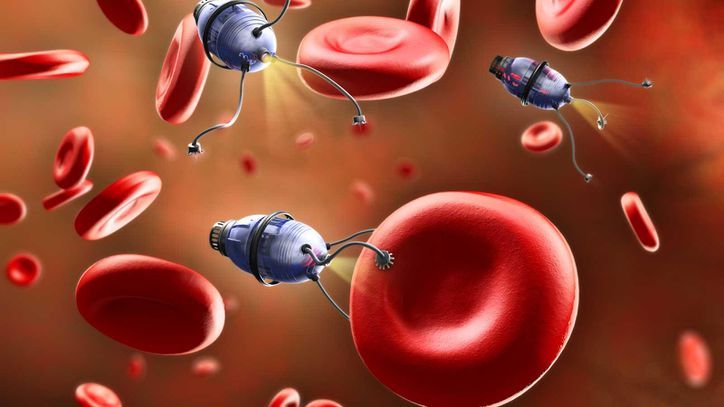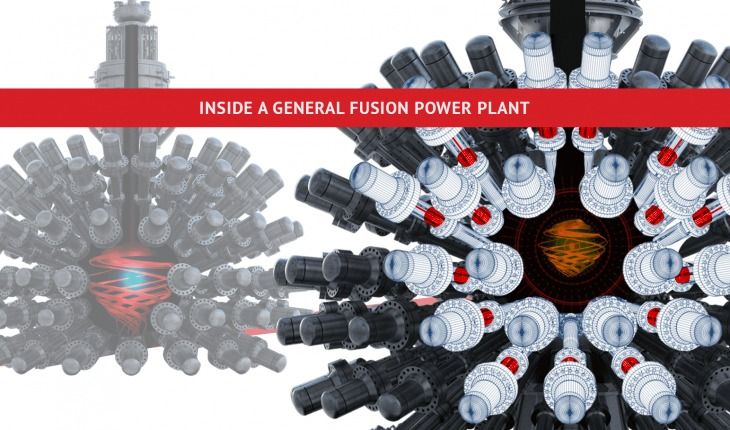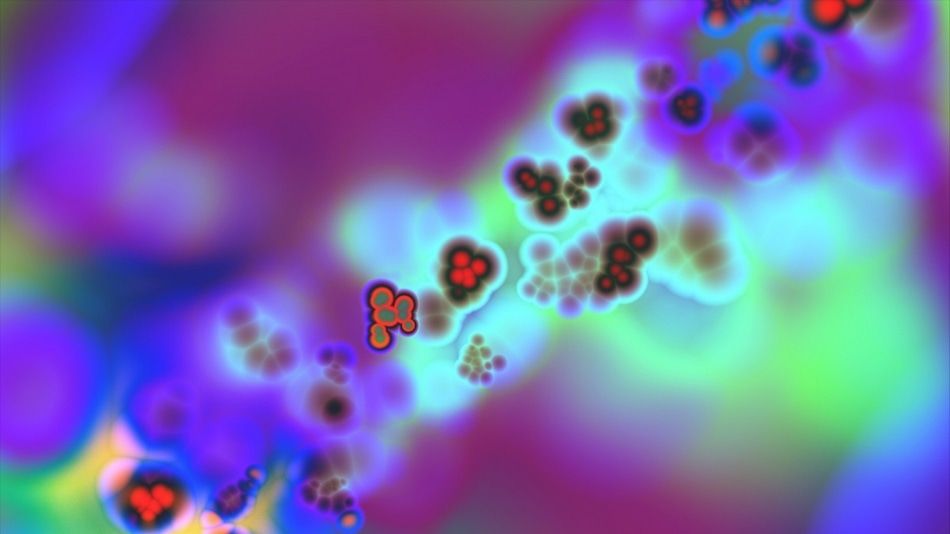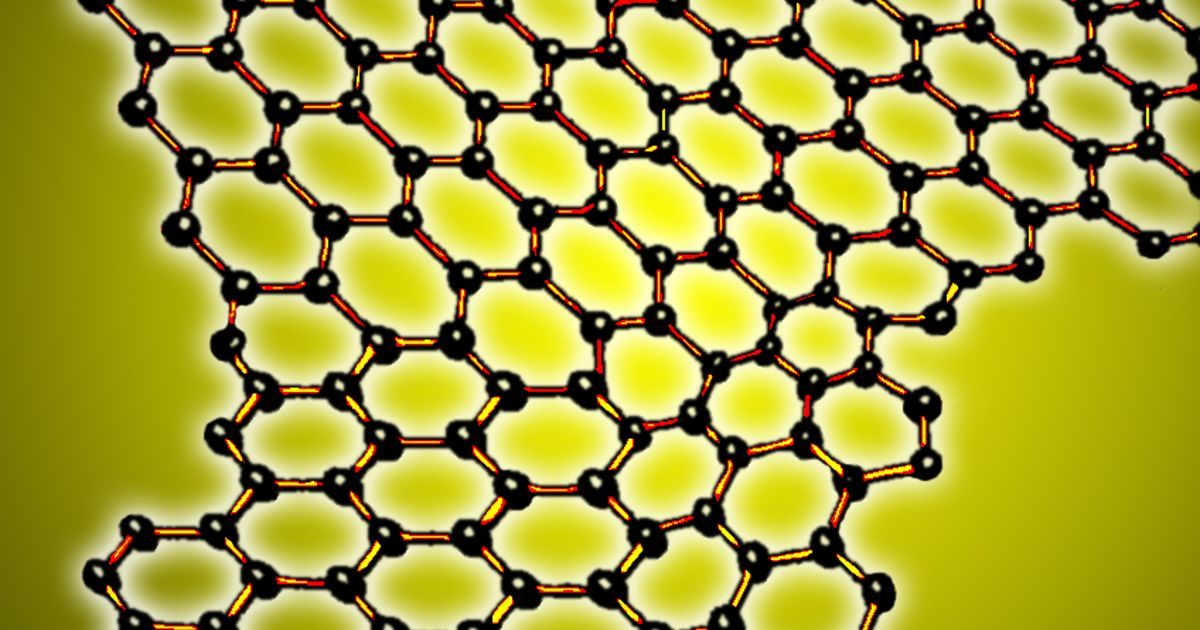Sep 12, 2018
In ‘Nature’: A nanoscale discovery with big implications
Posted by Mike Ruban in categories: nanotechnology, quantum physics, space
A recent discovery by William & Mary and University of Michigan researchers transforms our understanding of one of the most important laws of modern physics. The discovery, published in the journal Nature, has broad implications for science, impacting everything from nanotechnology to our understanding of the solar system.
“This changes everything, even our ideas about planetary formation,” said Mumtaz Qazilbash, associate professor of physics at William & Mary and co-author on the paper. “The full extent of what this means is an important question and, frankly, one I will be continuing to think about.”
Qazilbash and two W&M graduate students, Zhen Xing and Patrick McArdle, were asked by a team of engineers from the University of Michigan to help them test whether Planck’s radiation law, a foundational scientific principle grounded in quantum mechanics, applies at the smallest length scales.
Continue reading “In ‘Nature’: A nanoscale discovery with big implications” »
